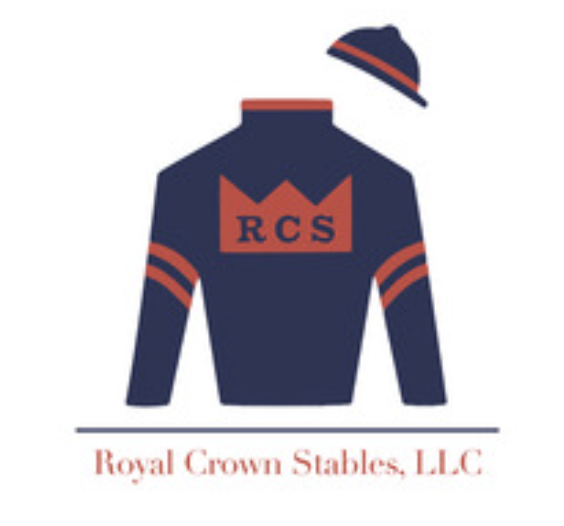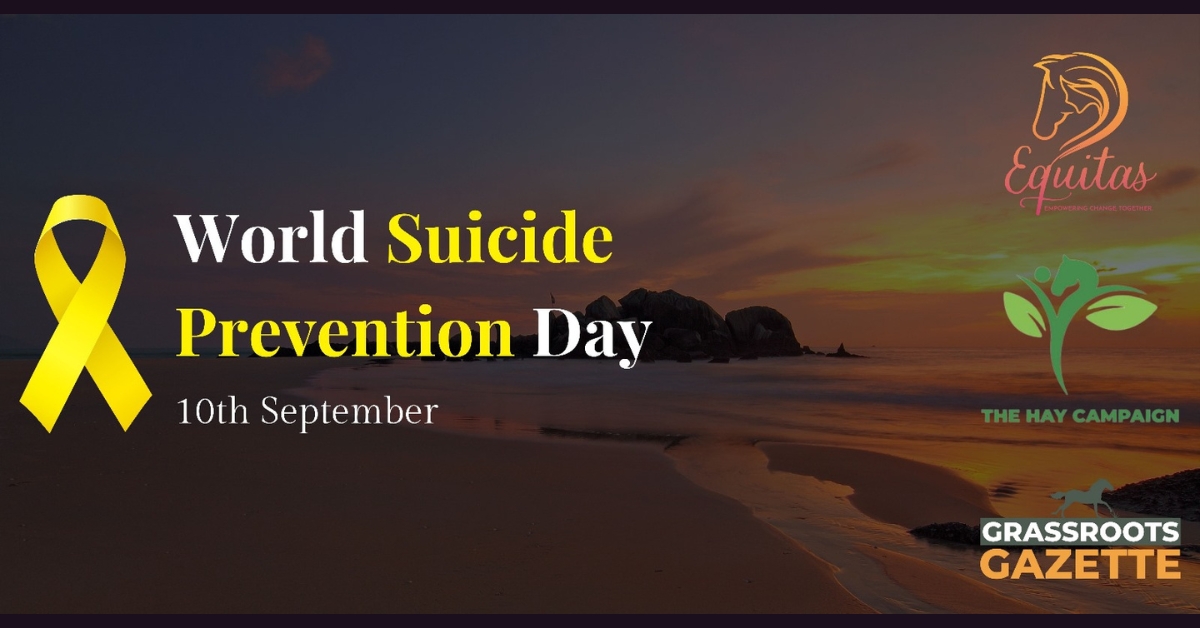American Steeplechase racing is often referred to as ‘flat racing’s poor relation’ and this article will examine the reason for the decline of the sport in ‘The Land of Opportunity’. With the country’s population spanning 329.5 million (documented) and 9,834 million km of land area, the sheer volume of sports is rich and varied compared to a country such as Ireland where GAA, Soccer and Rugby are traditionally the competing sports. In general, flat racing in the USA is experiencing an increase in following with races such as Kentucky Derby, a much-anticipated date in the calendar year, the jumping discipline of the sport known as Steeplechase has not followed suit.
The lack of well-known personalities in the sport is one such reason why the sport is struggling to compete, the younger generation do not have a role model to identify with unlike other larger sports brands such as the NBA- LeBron James, American Football -Tom Brady, Tennis -Venus & Serena Williams etc. Many of these celebrities have sponsorship deals and can be seen on TV in prime-time slots hence the sport is always kept in the forefront. Steeplechase racing is prominent in 11 states out of 50, or 22% of the country’s landholding and 26 courses stage steeplechase racing in the USA. This is seen with other sporting disciplines in that the specific sports are limited to certain pockets; this should not hinder the sport if marketed in a correct manner.

The American Grand National, the pinnacle of American steeplechasing similar to the English Grand National in 2021 was run with just four horses declared. The race is over a 2m5f trip and two of these horses were with a prominent Irish trainer.
The purse stands at $300,000 and the lack of American trainers who have the horses eligible to enter into this race is surely one of worry. Both codes flat and steeplechase need to work together in tandem to bring on the sport, the sheer volume of horse racing on TV in general is another issue for the sport with the viewer not having any sort of ‘off season’ compared to other sports, while the racing fan will argue flat, and steeplechase are different disciplines with steeplechase racing traditionally taking place in Spring and Summer, the ordinary viewer will find it difficult to differentiate. To throw further complexity into the equation, harness racing is also shown alongside flat and steeplechase racing.
The scrapping of the transcontinental race meet, ‘Sport of Kings’ was another blow for the sport. Introduced in 1998 and ran over a 5-year period, the transcontinental competition with horses running in USA, Cheltenham (England) and Leopardstown (Ireland) offered prize money of $1,000,000 to the horse than won all three legs, or a $50,000 bonus on offer to the horse than won on both sides of the Atlantic. Technology was lesser in the late nineties and the meeting attracted large interest. Imagine what this would garner if run today with current advances in technology and social media. European attention on US Steeplechase racing was a benefit of this competition as it was an introduction to the sport for many European’s who would typically not have followed American jump racing prior to this.
In 2018, Gordon Elliott was 6th in the USA prize money leader board, despite racing just 6 horses across the pond. The governing body, NSA (National Steeplechase Association) oversees the sport on a national basis, similar to HRI in Ireland.
The Guardian, in a damning report dating back to 2015, noted ‘American horse racing isn’t dead but it’s getting awfully close’. Similar to Greyhound racing stadiums, many of the tracks have installed casinos or slot machines, making it so that many of those in attendance are not watching the racing but are more focused on the casino element of the racetrack. The casinos are often newly built and pristine compared to the dated facilities of the racetrack. Many tracks, as well as training farms, have also been sold and developed, making it more difficult to train horses in a central location and also be close to prominent tracks.
In speaking to the Philadelphia, USA based trainer Douglas King of Royal Crown Stables, the general consensus is that in general, the sport is fair in regard to the claiming system. It is similar to the Handicap system in Ireland and the UK which levels the playing field for smaller trainers. In the recent past, Kentucky Derby winners have been previously claimed early on in their racing career. There is a level for all horses, high class claiming upwards of $200,000 and low class claiming to start at $5,000. Any of the best horses in USA Steeplechasing are imported from Ireland, partly because of the fact that certainly American Thoroughbreds are bred for speed, Irish thoroughbreds are bred for jump racing. Douglas hopes that the sport may see a resurgence, as pony racing is seeing an upward swing in interest from the younger generation which should breed the next generation of jockeys, trainers and owners. There is also a new trend, side saddle racing which brings an entirely new demographic to the steeplechase meets.
In Conclusion, Steeplechase racing is holding its own in an ever changing society however, it will need to continue down the avenues listed above and then some in order to maintain its place in American society.


Share
Your subscription is 100% Free for our first year, No credit card details required.

The equine industry is demanding—long hours, physical labour, and financial strains can be incredibly tough. That’s why the HAY Campaign—How

Horse Sport Ireland, the governing body for equestrian sports here in Ireland, recently announced significant changes to its constitution. While

Championing Resilience and Community in Showjumping Avril Mackey’s influence in the equestrian community goes beyond just competition; she embodies the